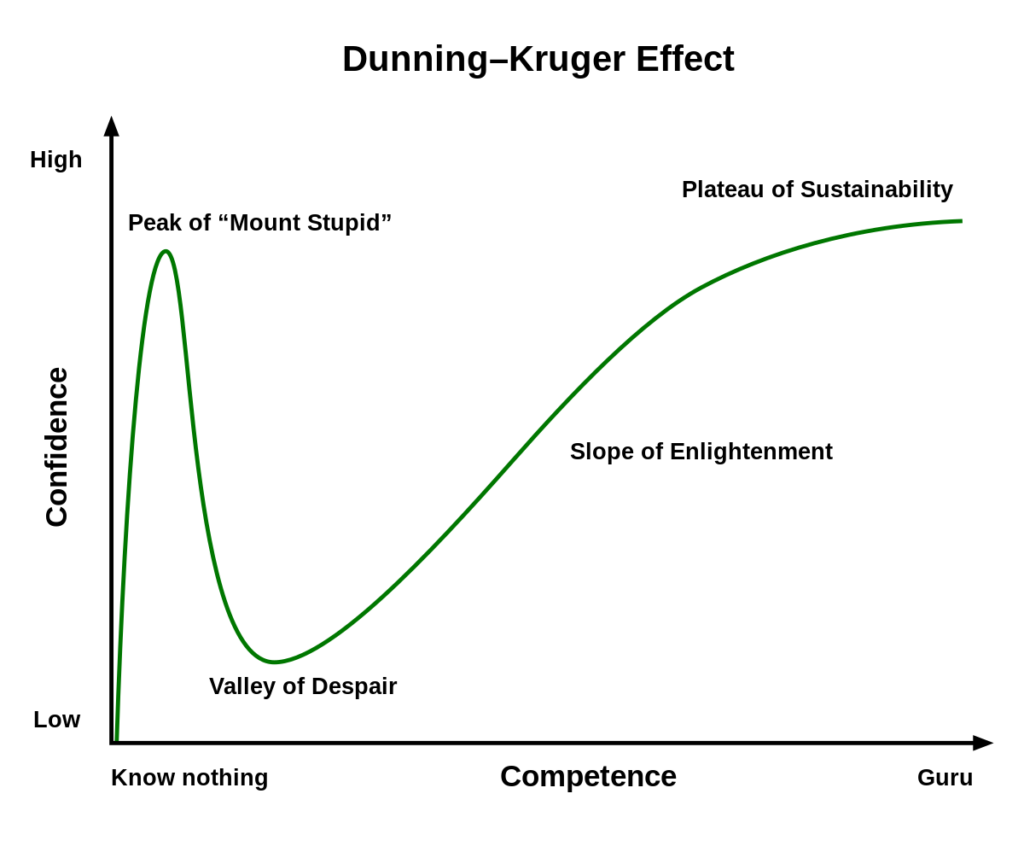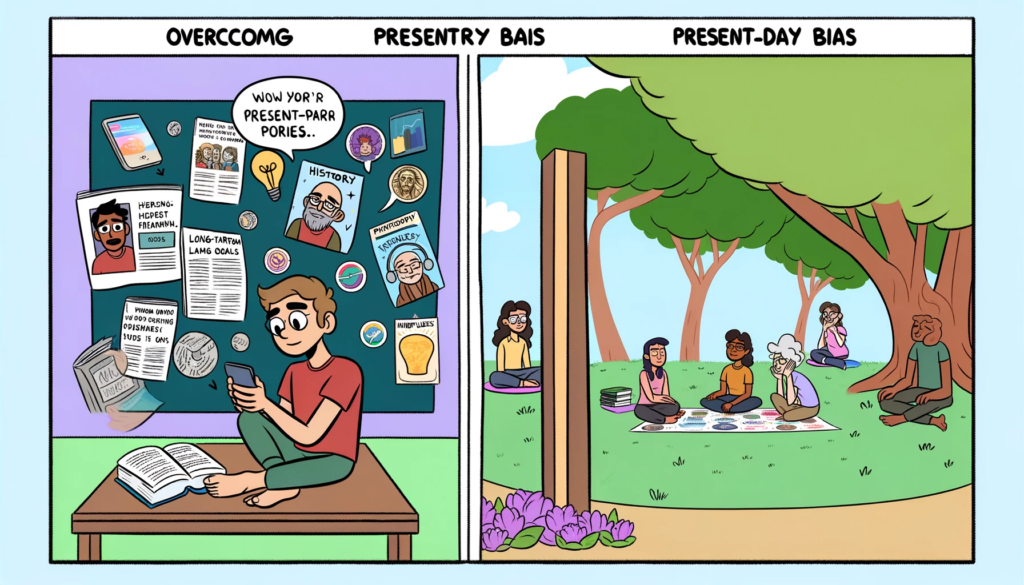
- The Seeds of Civilization: Agriculture and Surplus
- The Wheels of Progress: Technology and Innovation
- Building Connections: Trade and Cultural Exchange
- The Formation of States: Governance and Social Structure
- Cultural Renaissance: Art, Science, and Philosophy
- Modern Metropolises: Urbanization and the Future
- Reflecting on the Journey
The story of human civilization is a tale of innovation, resilience, and the ever-persistent quest for improvement. It begins in small, scattered villages, where life was defined by the rhythms of nature and the immediate needs of a community. Over millennia, these humble settlements transformed into bustling, sprawling cities, marking the progress of humanity. This transformation was not an overnight occurrence but a gradual process fueled by key developments in agriculture, technology, trade, and social organization.
The Seeds of Civilization: Agriculture and Surplus
The first critical step in the journey from villages to cities was the development of agriculture. Early humans were hunter-gatherers, constantly on the move in search of food. The advent of agriculture, around 10,000 BCE, allowed communities to settle in one place. Farming created food surpluses, which meant not everyone had to be involved in food production. This surplus was the foundation upon which civilizations were built, as it allowed the specialization of labor. People could now devote their lives to tasks other than farming, such as crafting, trading, and governance. For example, with enough food, a doctor could focus on medicine, leading to advances in healthcare and increased life expectancy.
The Wheels of Progress: Technology and Innovation
The invention of the wheel, around 3500 BCE, revolutionized transportation and trade. It made moving goods faster and less labor-intensive, connecting villages with each other and with resources. The development of iron technology, around 1200 BCE, further propelled civilizations forward. Iron tools and weapons were stronger and more durable than their bronze predecessors, enhancing agricultural productivity and military might.
Building Connections: Trade and Cultural Exchange
Trade was the lifeblood of growing settlements. It not only facilitated the exchange of goods but also ideas, technologies, and cultures. Trade routes, like the Silk Road, linked distant civilizations, enabling the spread of innovations such as writing, the compass, and gunpowder. Cities that were strategic trade hubs flourished, growing into economic and cultural centers.
The Formation of States: Governance and Social Structure
As populations grew, managing the complexities of large communities required new forms of governance. The first city-states and kingdoms emerged, providing structured societies with laws and leadership. This governance ensured the protection of trade routes, the regulation of food distribution, and the defense against external threats. Social structures became more defined, with classes and professions forming the backbone of organized cities.
Cultural Renaissance: Art, Science, and Philosophy
The concentration of resources and people in cities fostered an environment ripe for cultural and scientific advancements. The surplus of food allowed individuals to engage in pursuits beyond mere survival. This led to the Renaissance periods across various civilizations, where art, science, and philosophy flourished. Cities became centers of learning and innovation, pushing human understanding and capabilities to new heights.
Modern Metropolises: Urbanization and the Future
The industrial revolution of the 18th and 19th centuries marked the next significant leap in the evolution of cities. New technologies and manufacturing processes led to mass production and urbanization, drawing people from rural areas to cities in search of work. Today, large cities are hubs of global commerce, culture, and communication, continuing to evolve with advancements in technology and society.
Reflecting on the Journey
The transformation from small villages to large cities is a testament to human ingenuity and collective effort. Each step, from the development of agriculture to the rise of trade and governance, played a pivotal role in shaping human civilization. As we look to the future, understanding this journey can help us address the challenges of urbanization, sustainability, and social cohesion, ensuring that cities continue to be engines of human progress.









